(Source: nasaspaceflight.com)
 paceX’s aspirations towards recovering launched Falcon 9 first stages are continuing to focus on ocean based landings, ahead of realizing the goal of returning the cores back to land. With continual refinements to the approach, SpaceX have welcomed new and improved Autonomous Spaceport Drone Ships (ASDS), one of which has been sighted taking a cruise down the Panama Canal.
paceX’s aspirations towards recovering launched Falcon 9 first stages are continuing to focus on ocean based landings, ahead of realizing the goal of returning the cores back to land. With continual refinements to the approach, SpaceX have welcomed new and improved Autonomous Spaceport Drone Ships (ASDS), one of which has been sighted taking a cruise down the Panama Canal.
Marmac 300 – The First Drone Ship:
In November 2014, Elon Musk confirmed reports of SpaceX’s “Autonomous Spaceport Drone Ship (ASDS)” – providing an overhead photo of a 300-foot-long ocean-going barge with a deck widened with steel “wing” extensions to a span of 170 feet.
The barge sported a large white “X” logo in the center of two giant concentric circles, marking the spot at which Musk hoped the first stage of a SpaceX Falcon 9 v1.1 rocket would soon touch down during an ocean landing somewhere off the east coast of Florida.
Mr. Musk’s “drone ship” photo was the first visible evidence that SpaceX was serious about attempting to recover a launched first stage.
Earlier that year SpaceX had filed with the U.S. Patent and Trademark Office requesting a review of rival company Blue Origin’s patent for a method of landing a rocket stage at sea.
SpaceX claimed that the Blue Origin patent should not have been granted, since similar methods had been described by other inventors long before Blue Origin filed for their patent.
Evidently SpaceX had confidence it would prevail in the patent dispute, since the “drone ship” was unveiled to the public mere months after filing for the patent review, and long before a decision could be expected from the Patent Office – which later announced in March that SpaceX’s dispute had enough merit to go forward in a review process which is now ongoing but may not be resolved until 2016.
Mr. Musk presented his company’s first drone ship as using thrusters repurposed from deep-sea oil rigs, able to hold its position at sea to within three meters even in a storm, and perhaps able to allow future refueling and fly-back of the rocket stage to its launch site.
Soon after, photos appeared showing the drone ship en route to her new home port in Jacksonville, Florida.
Despite its fanciful name, the drone ship was built on a rather mundane barge. The Marmac 300 had been a maritime workhorse for over 15 years, doing drudgery for its owner McDonough Marine Service that included being submerged beneath the keels of sunken vessels and then refloated to effect their recovery.
Now, in addition to wing extensions, Marmac 300 carried four diesel-powered hydraulically-driven thrusters for position-keeping, diesel fuel tanks and several large steel shipping containers at either end of the deck housing communications gear, an autonomous guidance system and additional equipment.
Continue Reading at nasaspaceflight.com…
Alan is serial entrepreneur, active angel investor, and a drone enthusiast. He co-founded DRONELIFE.com to address the emerging commercial market for drones and drone technology. Prior to DRONELIFE.com, Alan co-founded Where.com, ThinkingScreen Media, and Nurse.com. Recently, Alan has co-founded Crowditz.com, a leader in Equity Crowdfunding Data, Analytics, and Insights. Alan can be reached at alan(at)dronelife.com

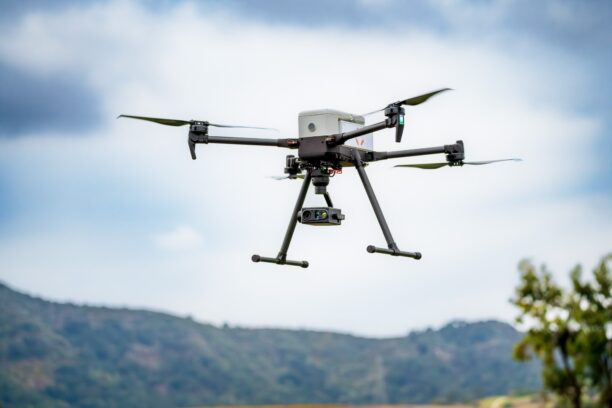
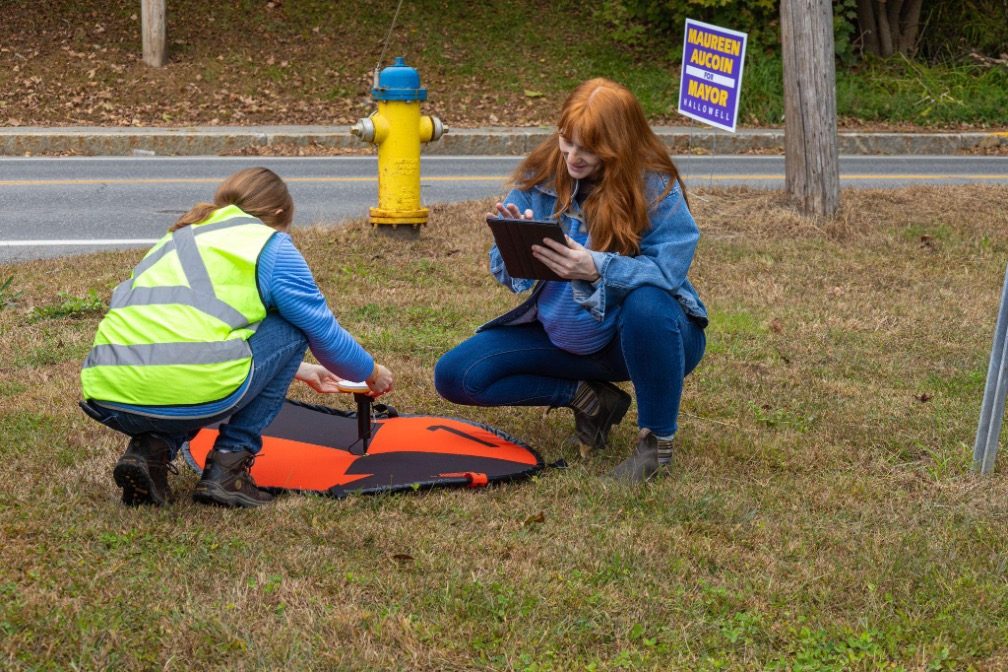
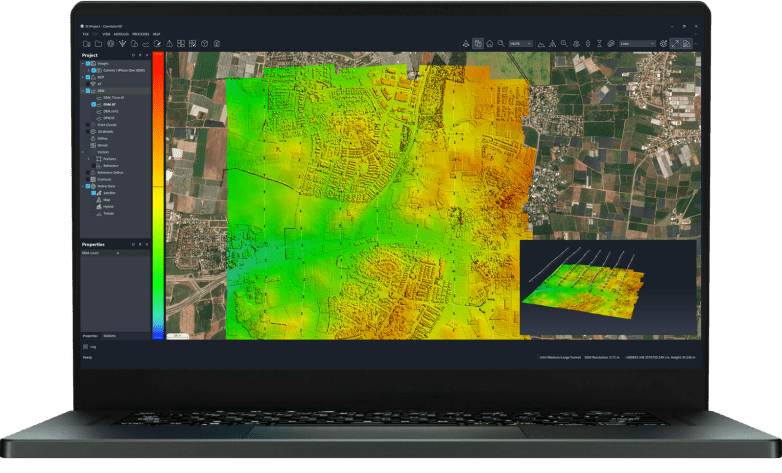
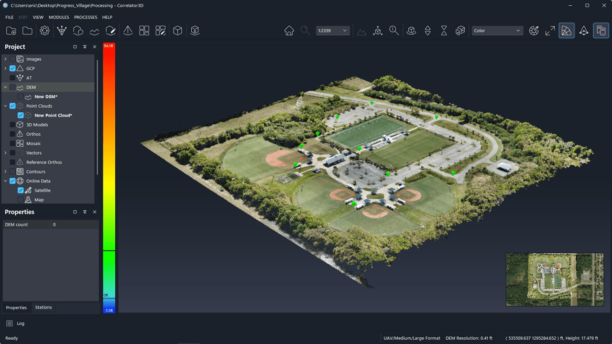
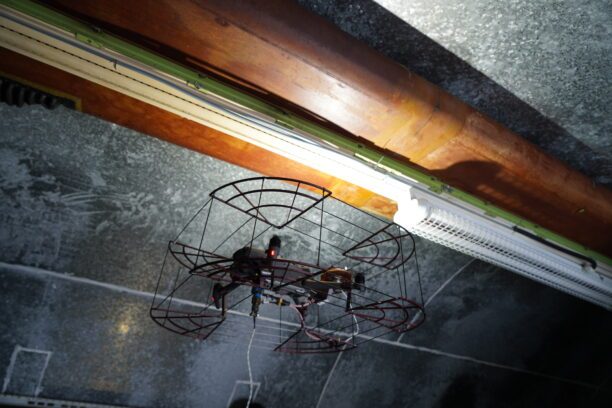
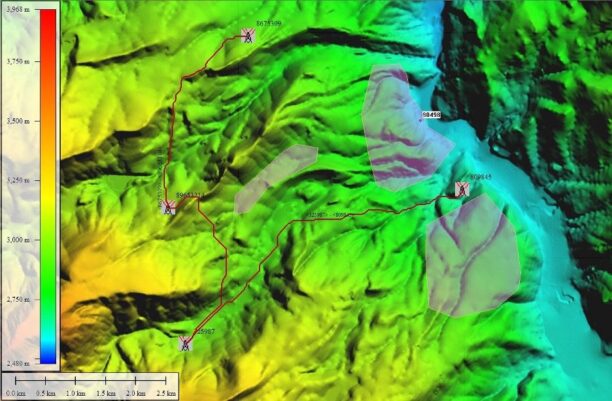
Leave a Reply